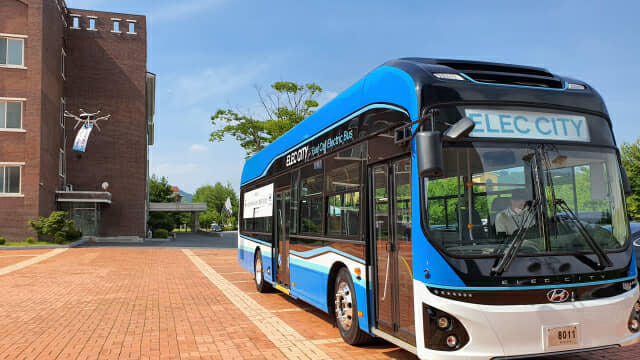
The Ministry of Trade, Industry and Energy announced on the 3rd that it will apply the quota tariffs to 60 items under the Ministry of Industry’s New Year understanding to strengthen the competitiveness of new industries such as future cars, semiconductors, and bio and key industries.
The quota tariff system applies a 0-4% tax rate, which is lower than the basic tax rate (3-8%), for raw and subsidiary material tariffs that require price stabilization due to a sharp increase in industrial competitiveness or import prices.
The quota items under the jurisdiction of the Ministry of Industry are 60 items, with 11 new items, including core materials in the field of hydrogen vehicles and secondary batteries, expanded from 49 items last year. The application period is 1 year from the 1st to the end of the year. However, natural gas (LNG) is applied only in the six months of the winter season (January-March, October-December), when prices increase due to increased heating demand.
This year, there are 31 items with a tariff rate of 0% in new industries such as hydrogen cars, secondary batteries, and new renewable energy.
The newly included items include coating machines and drawers required for the production of hydrogen vehicle fuel cells, nickel cobalt manganese materials for manufacturing secondary battery cathode materials, platinum catalysts, essential raw materials for hydrogen fuel cells for power generation, and raw materials for polymer blending, a raw material for flexible displays.
The tariff rate is also 0% on 26 items, including quartz glass substrates used to produce blank masks for semiconductor manufacturing, which are the existing items, cathode materials, cathode materials, separators, electrolyte-related facilities and raw materials, and parts for bio-related growth hormone treatments Is maintained.
The tariff rate on 21 items to strengthen competitiveness in key industries such as automobiles, steel, fiber, and optics has also been lowered to 0-4%.
They included rhodium and palladium, which are catalysts for reducing automobile exhaust gas, ferro titanium for the production of high value-added steels such as aviation, and polyethylene, a raw material for lenses for mobile phones.
Benefits for 17 existing items, including auxiliary raw materials for steel products such as ferrochrome and fiber raw materials such as raw silk, will also be maintained.

In addition, the tariff rates for four items, including silicon metal and XDA, which are raw materials for solar panels, and titanium dioxide and polyethylene, which are raw materials for plastics, were cut to 0%. The same quotas as last year are applied to energy-related items such as crude oil (for naphtha manufacturing), liquefied petroleum gas (LPG), and liquefied natural gas (LNG).
Related Articles

Review of 3.7 yen additional tariff imposed on chocolate and gin made in the US and Europe

US “Confronts retaliatory tariffs when European digital tax is enforced”

East-West Power to strengthen cooperation in customs administration

“The US is likely to postpone additional tariff measures on Chinese products”
Companies importing the relevant goods can report goods that do not have a limit to the customs service online system’Unipass’. If there is a limit on the number of imported items, a letter of recommendation from the relevant agency must be issued and attached online.
An official from the Ministry of Industry said, “Through this quota tariff support, it is expected that the annual tariff support effect of about 400 billion won, as well as fostering new industries of materials, parts and equipment, recovery of vitality in key industries, and acceleration of the conversion of the hydrogen economy are expected.
